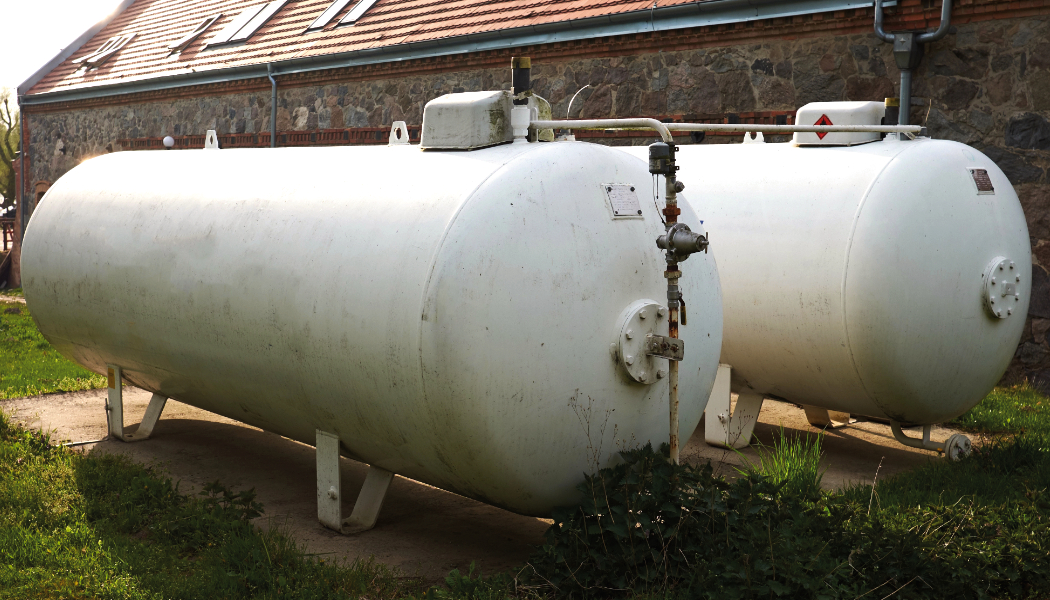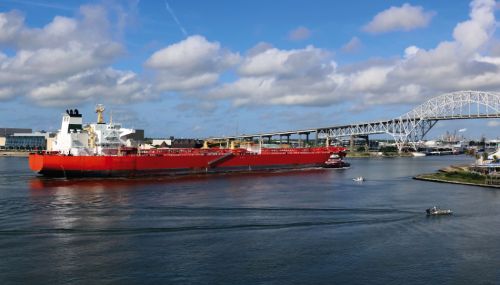All
Go With the Flow
by Mike McCoun, Bergquist, Inc.

Propane technicians need to know the difference between lockup and flow pressure, and how to test them
Propane professionals with a lot of experience and training know there are a variety of factors to consider for a propane vapor system to function safely and properly. Tank size, line size, and regulator size all need to be considered for the system’s BTU load and proper operation. When evaluating a system for proper sizing and installation, a service technician must inspect the entire system (both inside and outside the home or building) to ensure the load is calculated accurately and, more importantly, that it is safe.
Undoubtedly, the single most important test conducted on any propane vapor system is a leak test, first and foremost. A propane vapor system should never have a gas feed that is leaking. It is only after the system passes a leak test that a service technician should check for flow and lockup. Naturally, to conduct a proper leak check, all appliances (including pilot lights if applicable) must be shut off.
After the conclusion of a leak check, the appliances are turned back on to check the flow of the vapor system. This ensures the second-stage regulator is set to the correct pressure to feed the appliances when everything is running. Flow pressure is typically adjusted to 11 to 12 inches of water column (systems may vary based on appliance needs). It is very important to note: Flow pressure is a pressure check that can be adjusted if needed. There is some debate about where in the system to check for flow pressure. While many service technicians test at the downstream port of the second-stage regulator, that testing only proves there is pressure at the outlet of the regulator. Proper flow-pressure testing should be done at the appliance furthest away in the piping from the second-stage regulator.
Once flow pressure has been set and appliances have been inspected to ensure proper working order, using the gauge in the system (the same gauge just utilized to check and adjust flow), shut off all appliances and read the gauge. Lockup is the resulting pressure of a vapor system when flow is stopped. This happens because the lack of vapor flow forces the second-stage regulator to “lock up.” Lockup pressure is not a pressure a service technician can set. It is simply the resulting pressure of the stoppage of vapor flow. The opposite of lockup pressure can be considered as droop. Droop is the sudden (and short lived) drop in pressure when appliances are turned back on and the system demands vapor flow. Again, lockup is not a pressure a service technician can set.
Newer service technicians can easily get confused by the terms “lockup pressure” and “flow pressure.” Sometimes service technicians mistakenly use the terms interchangeably. Further confusion arises with understanding the proper procedures to check lockup and flow. Flow is a pressure that can be adjusted to the propane demand for the system – as determined by the system – and no two systems are the same. Many residential vapor systems in close proximity to each other may be very similar, however. Lockup is a pressure check to ensure the system is at no more than 20 percent of working pressure. Undersized interior piping, or undersized copper or polyethylene tubing from pro-pane tank to building (or a combination of both), can cause an increase in lockup pressure.
Checking flow pressure without turning on appliances simply provides the flow necessary to fill the piping. While this may provide an accurate flow some of the time, it is rarely correct. Eventually an irate customer is going to experience no heat coming from their furnace, and their furnace technician informing them there is not enough vapor pressure being supplied.
I am very fortunate in my career at Bergquist to interact with a variety of propane professionals – both by job position and level of experience. I have often learned, and then instructed others, based on many casual conversations over the years. Once in a while I come across a situation where I share important lessons I have learned. The difference in understanding lockup and flow pressures is very high on that list.
Mike McCoun is the Area Sales Manager for Ohio and western Pennsylvania for Bergquist, Inc. He can be reached at mike.mccoun@bergquistinc.com.
Related Posts
 How to Set Your Business Apart with Renewable Propane
How to Set Your Business Apart with Renewable Propane
Posted on October 16, 2025
 EIA Report: Biodiesel and Renewable Diesel Imports Fall Sharply
EIA Report: Biodiesel and Renewable Diesel Imports Fall Sharply
Posted on October 16, 2025
 Northeast Liquid Fuel Providers Put Higher Bioblends in Focus
Northeast Liquid Fuel Providers Put Higher Bioblends in Focus
Posted on August 19, 2025
 Lower Carbon Lineup Puts Businesses on the Path to Net Zero Goals
Lower Carbon Lineup Puts Businesses on the Path to Net Zero Goals
Posted on August 18, 2025
Enter your email to receive important news and article updates.
